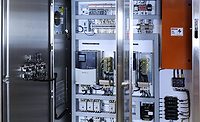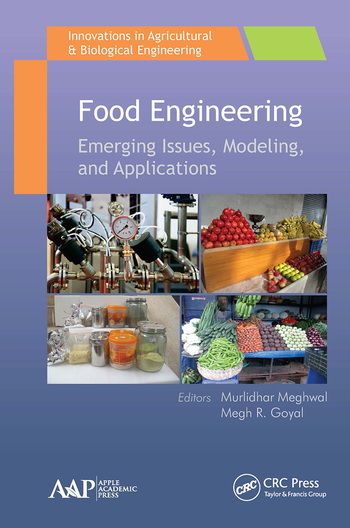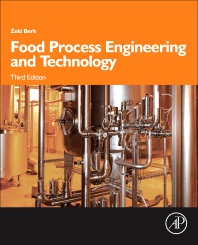As building information modeling (BIM) becomes the new standard in facility design, food and beverage processing plants are embracing the technology’s many advantages. A three-dimensional, data-rich format allows designers to give plant owners, managers and employees a virtual walk-through of the facility to view construction elements such as walls, windows, slabs and roofs to make the most informed decisions on process and workflows.
There are five key benefits of using BIM for facility design. First, 3-D visualization allows plant managers to visualize and make decisions based on workflow, budget issues, energy costs and much more. Designers can show employee movement throughout the facility and perform simulations to help owners determine the best workflow processes to improve productivity. This can help identify potential problems early on, especially in work areas where a sanitary workflow is required.
Second is effective budgeting, which allows plant managers to look at cost comparisons and operational considerations to select the most appropriate design layout and equipment.
Next, BIM allows interdisciplinary design teams to more effectively collaborate on the different design aspects of the facility, as it centralizes the design and data into a single source. External parties involved in different aspects of the design and construction can efficiently transfer and share information with each other through BIM systems.
Fourth, energy modeling with BIM allows engineers to recommend and design the most appropriate systems for the facility from an energy use and efficiency standpoint. BIM modeling can actually simulate how the building and equipment will perform once they are in use, so energy-efficient decisions can be made.
Finally, integrating facility management software with a plant’s BIM data allows facility managers to perform more efficient plant maintenance. A 3-D, virtual view of the entire facility shows facility managers information on specific pieces of equipment, and their locations, within the facility. For example, if air units need servicing, facility managers can use BIM data to determine how to best access the equipment.
Four ways BIM allows food facilities to make better decisions during design review
When performing a design review, BIM gives all the food processing plant’s stakeholders—operations, maintenance, safety and engineering teams—an opportunity to explore the facility in a 3-D mode. Viewing the design this way helps visualize the building space so owners can make more informed decisions in areas including maintenance, product flow, coordination and energy efficiency.
1. Maintenance — “Plant owners often find it beneficial for their maintenance team to be present at the design review to provide input on parts of the building that require maintenance access, such as the attic/interstitial space, utility rooms and maintenance room,” says Rick Ross, CAD/BIM manager, Stellar. “The 3-D BIM model allows maintenance supervisors to envision their crew navigating through these spaces, which is more challenging on two-dimensional plans.”
Maintenance supervisors are able to raise red flags for potential problem areas or safety concerns. For example, are clearances between structural steel members, ductwork and pipe runs in the interstitial space too narrow? Is access to equipment in the ceiling impeded by the supporting beam or column?
2. Product flow — Plant owners have always been able to follow the product flow throughout the facility on 2-D plans, but a 3-D model now allows them to follow the product flow at the floor level. This view helps owners understand how the design of building components, including walls, floors, drains, columns and lighting, function in relation to process and sanitation equipment, and how these elements will work together.
3. Coordination — “Plant owners are interested in having the most efficient building arrangement and layout to support their operations,” says Michael Mendoza, design project manager, Stellar. “A two-dimensional plan typically uses drawing sheets dedicated to a particular discipline, which can create conflict when rooms, building components, pipes and equipment are rearranged during an owner review. The 3-D BIM model allows the design team to overlay all disciplines into one model and gives owners a better perspective on interdisciplinary conflict coordination.”
4. Energy efficiency — There are many ways to achieve energy efficiency throughout the building from equipment selection to lighting to the strategic placement of walls and windows. Using a 3-D model such as BIM allows the design team to perform analyses and studies to determine the most energy-efficient solutions. For example, conducting a natural lighting study on areas of the facility will help determine artificial lighting requirements for the space.








